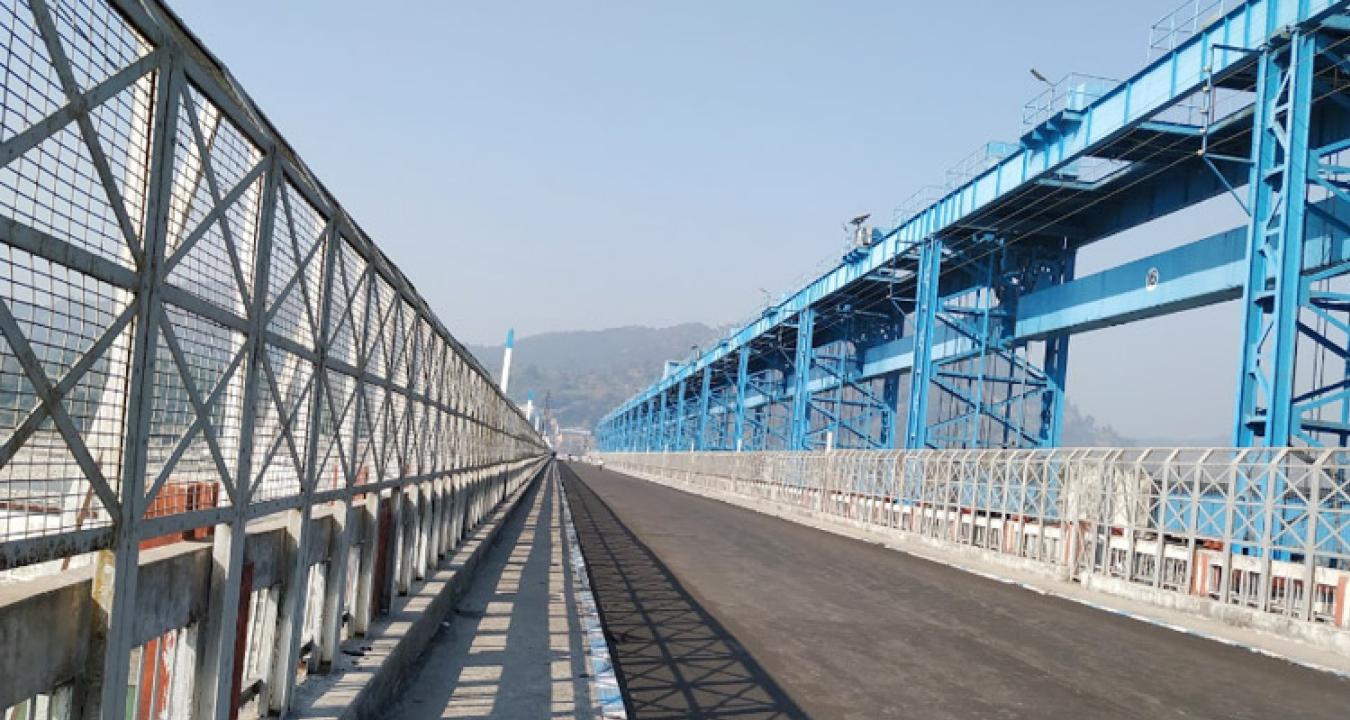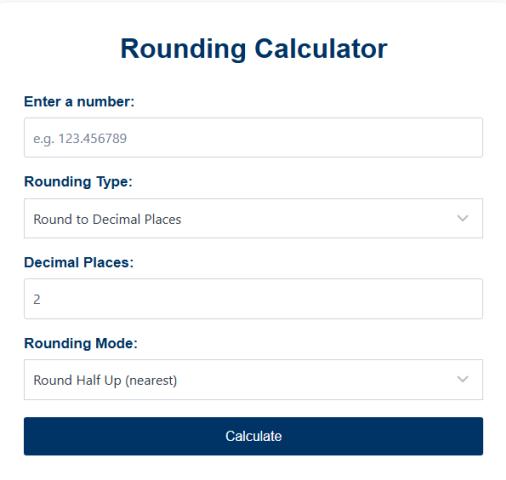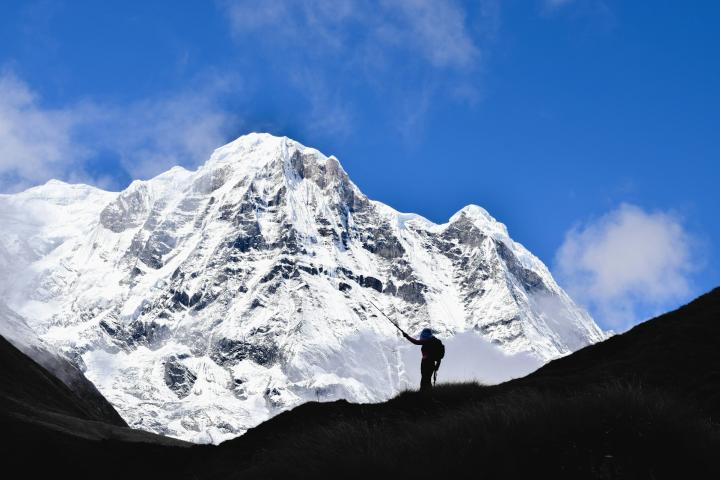Bhimgoda Barrage, located in the sacred city of Haridwar, Uttarakhand, is a fascinating structure that combines engineering prowess with cultural and spiritual importance. Built on the River Ganges, this barrage plays a crucial role in controlling the river's flow, supplying water for irrigation, and supporting various religious practices in the region. For both tourists and devotees, Bhimgoda Barrage offers a unique opportunity to witness the intersection of human ingenuity with natural beauty and cultural heritage.
This article will provide a comprehensive guide to Bhimgoda Barrage, its history, functions, and significance, as well as tips for visiting this unique landmark in Haridwar.
The History and Purpose of Bhimgoda Barrage
The Bhimgoda Barrage was constructed to regulate the water flow of the Ganges River in Haridwar, particularly during the monsoon season, when the river’s water level rises significantly. Named after Bhima, the powerful Pandava prince from the Indian epic Mahabharata, the barrage is an essential component of the Ganges Canal Project, which was initiated in the 19th century.
Completed in 1975, the Bhimgoda Barrage is a multi-purpose project that addresses the needs of water management, flood control, and irrigation. It diverts a controlled amount of water from the Ganges into the Upper Ganges Canal, which then carries it through several districts of Uttar Pradesh and Uttarakhand, providing a vital water source for agriculture and drinking needs.
Engineering Structure and Function of Bhimgoda Barrage
The Bhimgoda Barrage is a concrete structure with sluice gates that control the flow of the river’s water. This construction allows engineers to manage the amount of water that enters the canal system and to redirect excess water back into the Ganges, reducing the risk of floods in Haridwar and downstream areas. The barrage is part of an extensive water distribution network that stretches from Uttarakhand into western Uttar Pradesh, serving as a lifeline for thousands of farmers in the area.
Engineers use the barrage to regulate water levels based on demand and seasonal variations. During the rainy season, excess water can be released to prevent overflow in the canal system, ensuring that the waterway functions optimally. Similarly, the barrage helps to maintain a steady water supply during dry periods, securing the water needs of the region.
Bhimgoda Barrage: A Spiritual Landmark in Haridwar
Haridwar is known as a major pilgrimage site, drawing thousands of devotees every day. While the Bhimgoda Barrage is primarily an engineering structure, it also holds spiritual significance due to its location near Har Ki Pauri, one of the most sacred ghats along the Ganges. Devotees visiting Haridwar to take part in rituals and ceremonies at Har Ki Pauri often pass by the Bhimgoda Barrage. For many, this structure is more than just a functional piece of infrastructure; it represents the power and sanctity of the river.
The name “Bhimgoda” itself is linked to a local legend. It is believed that Bhima, the powerful Pandava, once placed his knee on the ground here, creating a spring that allowed water to flow for the people. This story has embedded Bhimgoda Barrage within the local mythology and lore, giving it a revered status beyond its practical function.
Bhimgoda Kund and Nearby Attractions
Near the Bhimgoda Barrage is the Bhimgoda Kund, a water tank considered sacred by locals. Many believe that the kund was formed by Bhima’s knee strike, as mentioned in the legend, and that its water has healing properties. Pilgrims often stop at the kund to offer prayers and perform rituals before heading to Har Ki Pauri.
Other Nearby Attractions
Har Ki Pauri: Just a short distance from the barrage, Har Ki Pauri is one of the most significant ghats in India. It is known for the daily Ganga Aarti, a spiritual ritual that takes place every evening and attracts thousands of people who gather to offer prayers to the river.
Mansa Devi Temple: Situated on Bilwa Parvat, this temple is dedicated to Goddess Mansa Devi. Accessible via a cable car, the temple provides a panoramic view of Haridwar and the Ganges. Many devotees visit Mansa Devi to seek blessings and fulfil their wishes.
Chandi Devi Temple: Located on Neel Parvat, this temple is dedicated to Goddess Chandi. It is a popular pilgrimage spot and can be reached either by a cable car ride or a scenic trek.
Rajaji National Park: Just a few kilometres from Haridwar, Rajaji National Park is a haven for nature enthusiasts and wildlife lovers. It is home to various species of flora and fauna, including elephants, tigers, leopards, and several bird species.
Shantikunj Ashram: For those interested in yoga, meditation, and spiritual learning, Shantikunj Ashram offers a peaceful retreat. It conducts regular programs in spiritual studies, attracting visitors from around the world.
Visiting Bhimgoda Barrage: Tips and Best Times
Best Time to Visit
The best time to visit Bhimgoda Barrage is during the months of October to March, when the weather is pleasant and the water levels are lower, allowing visitors to observe the structure closely. The monsoon season (June to September) brings higher water levels and sometimes restrictions, as the barrage manages flood risks.
How to Reach Bhimgoda Barrage
Bhimgoda Barrage is located in Haridwar, and reaching it is easy due to its proximity to the city centre and major pilgrimage sites.
- By Air: The nearest airport is Jolly Grant Airport in Dehradun, about 35 kilometres from Haridwar. Taxis and buses are available from the airport to Haridwar.
- By Train: Haridwar Junction is well-connected to major cities like Delhi, Dehradun, and Rishikesh. From the station, you can take a rickshaw, taxi, or even walk to Bhimgoda Barrage.
- By Road: Haridwar is easily accessible by road from Delhi (around 220 kilometres) and other major cities in Uttarakhand. Local transportation options such as auto-rickshaws, cycle rickshaws, and buses are available within the city to reach the barrage.
Visitor Tips
Plan to Visit in the Morning or Late Afternoon: The mornings and late afternoons are ideal for visiting, especially in the summer months when midday temperatures can be high. This timing also allows visitors to combine the visit with nearby attractions.
Photography: The area around Bhimgoda Barrage offers scenic views, particularly during sunrise or sunset. Photography is allowed, and the sight of the barrage with the river’s calm flow can make for stunning captures.
Respect the Surroundings: Bhimgoda Barrage is a functional structure with spiritual significance to locals, so visitors are encouraged to respect the site by maintaining cleanliness and observing any posted signs or rules.
Combine with a Visit to Har Ki Pauri: Since Har Ki Pauri is nearby, many visitors prefer to experience the Ganga Aarti after visiting Bhimgoda Barrage. This makes for a well-rounded day, combining both spiritual and natural beauty.
Environmental Impact and Conservation Efforts
As a crucial part of the Ganges Canal system, Bhimgoda Barrage also plays a role in environmental conservation by helping to manage the river’s ecosystem. Its regulated water flow supports the aquatic habitat downstream and aids in maintaining water levels for sustainable agriculture. The Indian government and local authorities have taken several steps to ensure that the barrage’s operations support conservation efforts, particularly in light of climate change and increasing pollution levels in the Ganges.
The Clean Ganga Mission has incorporated the Bhimgoda Barrage in its broader efforts to monitor and control pollution levels, aiming to protect this waterway that sustains millions of lives. Steps are also being taken to educate visitors and pilgrims on the importance of preserving the Ganges and respecting the ecological balance of this sacred river.
Conclusion: Bhimgoda Barrage – A Blend of Utility, Heritage, and Spirituality
Bhimgoda Barrage stands as a unique landmark in Haridwar, showcasing how modern engineering can harmonize with spiritual traditions. Beyond its role in irrigation and flood control, the barrage holds a special place in the hearts of locals and visitors who see it as part of Haridwar’s rich cultural landscape.
From controlling the Ganges’ mighty flow to offering serene views and connecting visitors to nearby spiritual sites, Bhimgoda Barrage is a must-visit for anyone travelling to Haridwar. This structure is a testament to the thoughtful integration of human needs, environmental responsibility, and spiritual reverence, reminding us of the importance of conserving resources and respecting sacred sites along the way.

















